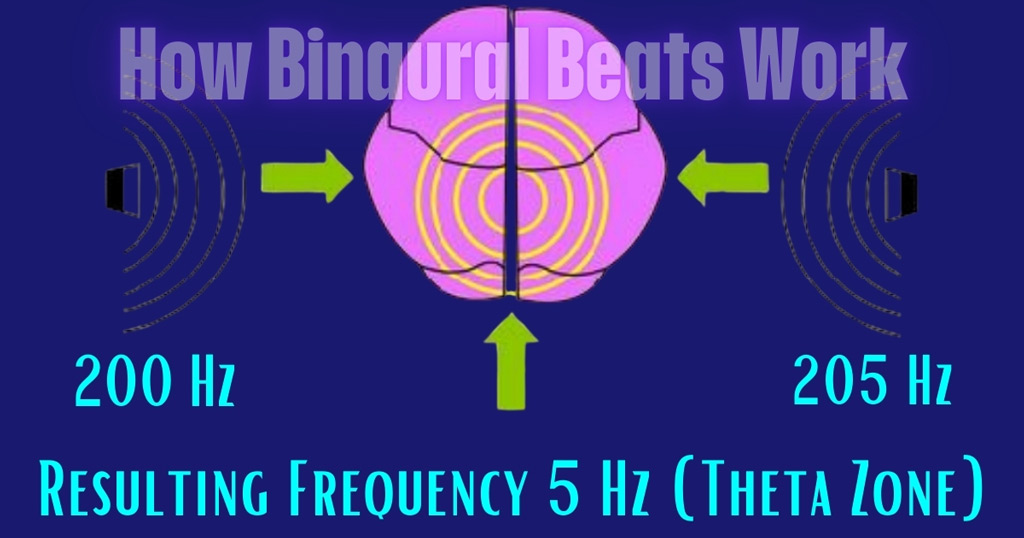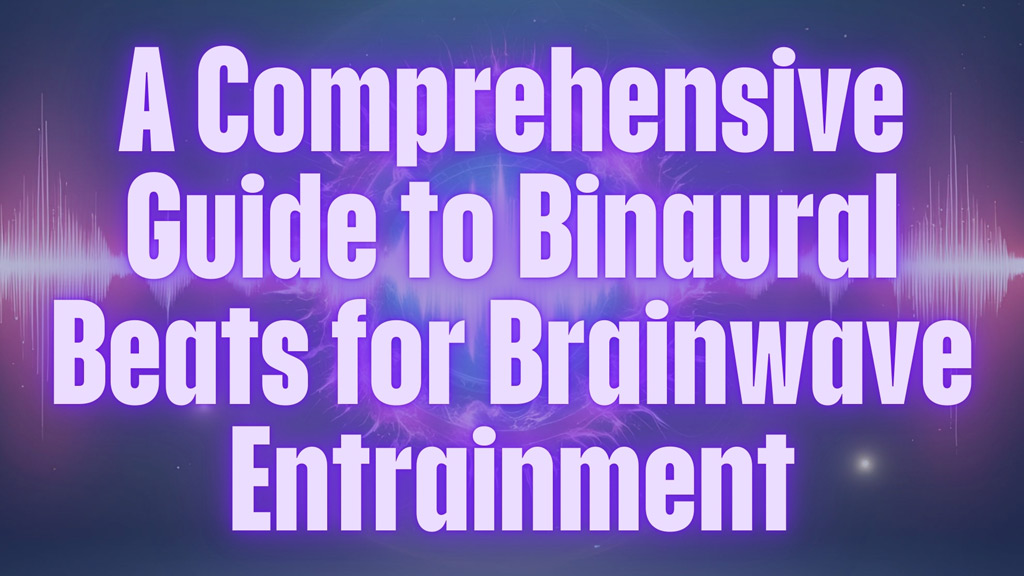Binaural Beats Explained
Binaural beats are sounds that help your brain enter specific states such as deep relaxation, enhanced focus, improved sleep, reduced stress, and heightened creativity. By listening to two slightly different tones in each ear through high-quality headphones, the brain perceives a third “beat” frequency, guiding it into these desired states. These beats work by stimulating specific brainwave patterns, which can influence states of consciousness, focus, or relaxation.
The more you use Binaural Beats the more they work, your brain recognize the signals and start responding immediately when used regularly. So test them for a prolonged period of time to discover the total benefits. While research is ongoing, many individuals report about the benefits from consistent use.
Binaural Beats – Key Applications
- Stress and Anxiety Reduction: Binaural beats may help calm the mind and alleviate symptoms of stress and anxiety.
- Improved Sleep Quality: They are used to induce relaxation and aid in falling asleep more easily.
- Pain Management: Some users find them effective for reducing pain by promoting a relaxed state.
- Enhanced Focus and Concentration: Ideal for studying or work, as they can help maintain sustained attention.
- Creativity Boost: The rhythmic pulsing of binaural beats might inspire creative thinking.
How Binaural Beats Work
Two sound waves of slightly different frequencies are delivered to each ear via headphones. The brain perceives the difference between these frequencies (in cycles per second, or Hertz) as a binaural beat. For example, a 200 Hz tone in one ear and 205 Hz in the other creates a 5 Hz beat, which corresponds to the Theta wave range linked to relaxation.

Binaural Beats Usage Tips
- Always use high-quality headphones (preferably over-ear) to ensure each ear receives separate frequencies.
- Start with lower frequencies (e.g., delta waves for deep sleep) and gradually increase as you become accustomed.
Binaural Beats Frequency Range Usage
- Delta (1–4 Hz): Deep sleep or meditation.
- Theta (4–8 Hz): Light sleep, relaxation.
- Alpha (8–13 Hz): Calm focus and alertness.
- Beta (13–30 Hz): Active concentration.
Delta Waves (0.5–4 Hz)
- Frequency Range: 0.5–4 Hz
- Associated States:
– Deep, dreamless sleep.
– Restorative rest and recovery.
– Linked to healing and regeneration. - Uses:
– Aid in repairing tissues and boosting immune function.
– May help with trauma-related issues and reducing pain perception.
Theta Waves (4–8 Hz)
- Frequency Range: 4–8 Hz
- Associated States:
– Deep relaxation, meditation.
– REM sleep phase.
– Access to subconscious mind for memory recall and emotional processing. - Uses:
– Enhance creativity and problem-solving through accessing deep thoughts.
– Aid in stress reduction and improved learning during sleep (e.g., “power naps”).
Alpha Waves (7–14 Hz)
- Frequency Range: 8–13 Hz (often reported as 7–14 Hz for a broader range).
- Associated States:
– Calm alertness, relaxation.
– Present-moment focus and reduced stress.
– Gateway to meditative states and the flow state (deep absorption in an activity). - Uses:
– Improve mood and reduce anxiety.
– Enhance sports performance and creativity.
Beta Waves (13–30 Hz)
- Frequency Range: 13–30 Hz
- Associated States:
– Active focus, problem-solving.
– Waking state of alertness and logical thinking.
– Dominant during high-intensity tasks or decision-making. - Uses:
– Boost concentration for work/study.
– Manage stress in high-pressure situations.
